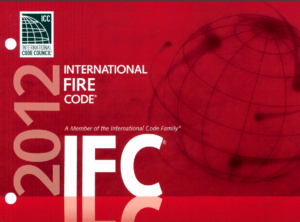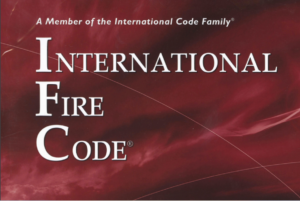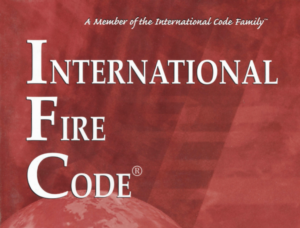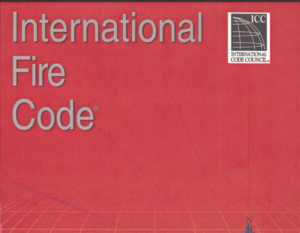The 2010 edition of NFPA 13R sets forth standards for the installation of sprinkler systems in residential buildings up to four stories high. Originating from its first edition in 1989, NFPA 13R has evolved through several revisions to address the complexities of designing sprinkler systems that balance safety with economic feasibility for low-rise residential structures.
This standard aims to enhance life safety and property protection by facilitating the design, installation, and maintenance of effective sprinkler systems. Such systems are designed to control or suppress fires, thereby preventing flashover in the room of origin and significantly increasing the safety of occupants.
Over the years, revisions have been incorporated to reflect advancements in technology and materials, such as the use of nonmetallic pipe materials and the introduction of guidelines for installing sprinklers in various residential spaces, including garages and concealed spaces. Specific attention has been paid to areas typically exempt from sprinkler coverage, like small closets and bathrooms, ensuring comprehensive safety coverage throughout the dwelling.
The 2010 edition, in particular, underwent structural reorganization into chapters focusing on installation, discharge criteria, water supplies, and maintenance among others. It clarified the conditions under which the standard is applicable and continued to exempt certain areas like balconies from requiring sprinklers unless specified by local regulations.
Overall, NFPA 13R serves as a critical resource for professionals involved in the design and implementation of residential sprinkler systems, ensuring that these systems are both effective in preventing major fire damage and fatalities, and economical enough to be implemented widely across various types of residential buildings.






